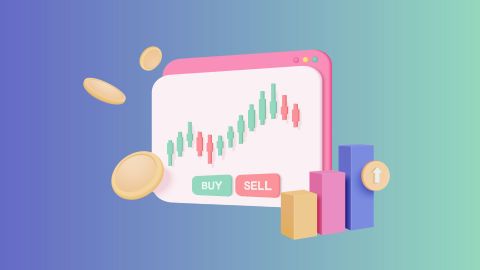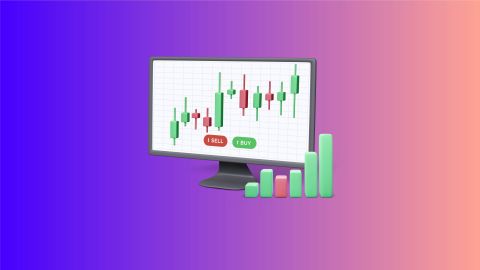The world of finance is an intense numerical and computational environment where understanding the nuanced nature of pricing methods is essential. One concept that requires your consideration is the adjusted futures price. This is not simply a phrase that you hear; it is a basic idea that might influence how you see assets being purchased and sold in the market. This important metric works as the cash equivalent of a futures contract, with an opportunity to purchase an item later. Understanding the basics of adjusted futures price becomes essential as you go further into financial operations.
What is the adjusted futures price
The adjusted futures price emerges as the primary metric for determining the cash expenditure required to acquire an item through a futures contract in the future. It includes a meticulous calculation that includes both conversion factors and carrying expenses. Essentially, it represents the whole cost of acquiring, financing, and delivering underlying assets specified in a futures contract.
Suppose you are planning to buy something in the future and want to know how much it will cost now. This is where the adjusted futures price comes in. It shows you what financial commitments you will need to fulfil in the future.
Understanding adjusted futures price
To understand the fundamentals of adjusted futures price, one must analyse its components. It is based on the combination of the futures price and the conversion factor, which determines the quantity of the underlying asset to be traded. This combination turns into an actual amount, demonstrating the financial commitment required to secure the asset at a later period.
Adjusted futures price is more than just a single figure; it is a thorough calculation that includes multiple factors. The conversion factor, a vital element, shows the link between the futures contract and the underlying asset. It reflects the specific quantity of the asset to be supplied when the contract expires. This factor changes according to the asset type, and its inclusion in the calculation assures accuracy in figuring out the overall cost.
Now, let us talk about carrying costs. These are the additional costs paid when keeping the asset until the futures contract matures. Consider it the expense of keeping the item safe and secure until you are ready to take possession. By accounting for these charges, the adjusted futures price gives a complete picture of the financial commitments involved in the futures transactions.
How adjusted futures price work
Adjusted futures price origins may be traced back to the multiplication of the underlying asset's price by the specified number of units set aside for delivery, which is reflected in the conversion factor. This mathematical derivation reveals the estimated cost associated with the procurement, financing, and eventual delivery of the asset indicated in the futures contract.
Now, let us apply the principle with a simple example. Suppose you want to acquire gold using a futures contract. The futures price of gold indicates the current market value per ounce. The conversion factor determines how many ounces of gold each futures contract entitles you to. By multiplying these two amounts, you get the adjusted futures price, which shows you the overall cost of obtaining the given quantity of gold at a future date.
But here is the catch: the adjusted futures price is subject to change. It varies in response to market conditions. Changes in the price of the underlying asset, changes in interest rates, and fluctuations in storage costs can all have an impact on its destiny. To effectively deal with these changes, experienced investors must remain watchful and modify their strategies accordingly.
Benefits of adjusted futures price
- Informed decision-making: Adjusted futures price provides a full view of all of the expenses associated with futures transactions, allowing you to make confident judgements.
- Risk management: By factoring in carrying costs, adjusted futures price allows for a more precise evaluation of financial commitments, helping you to manage risks responsibly.
- Precision in cost evaluation: Its accuracy improves the efficiency of hedging methods by effectively minimising market uncertainty.
- Financial planning: Understanding adjusted futures price enables precise financial planning, ensuring that resources are allocated wisely for future asset acquisitions.
- Competitive advantages: Using adjusted futures price gives you a competitive advantage when dealing with the complexity of futures transactions, placing you strategically in the market environment.
Conclusion
In the complex environment of financial markets, the idea of adjusted futures price is critical. Its critical role in defining the cost dynamics associated with futures contracts emphasises its importance. Investors may manage the complexity of futures transactions with ease if they understand its core and operating mechanics.




